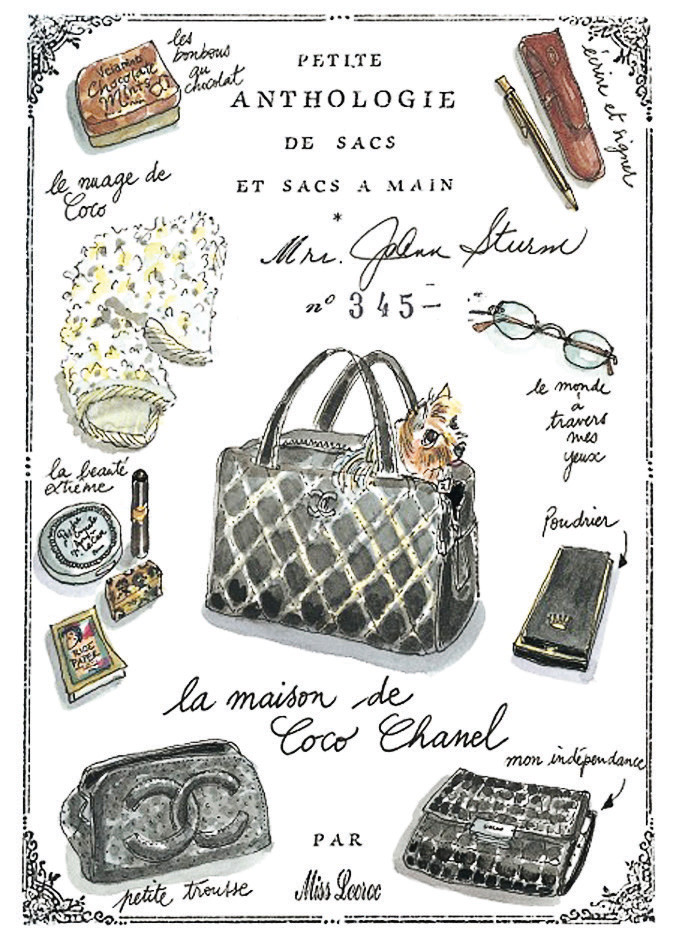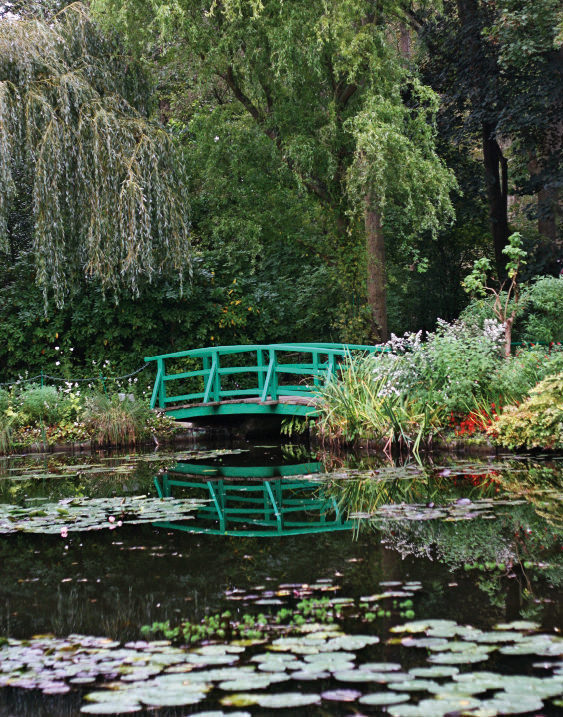Burgundy or Bourgogne?
What’s in a wine name?
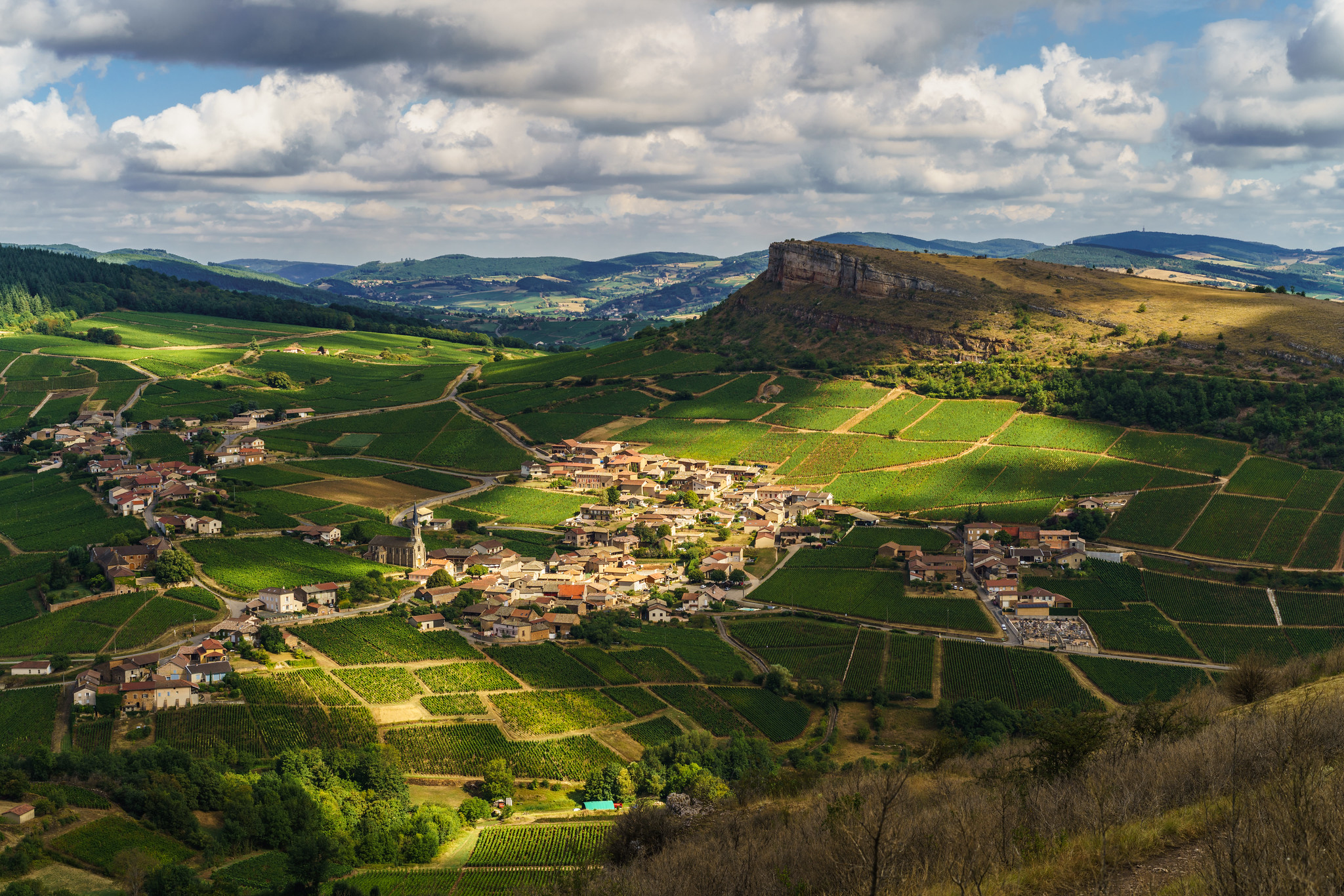
Photo courtesy of x1klima via Flickr
For some time, the wine authorities in Burgundy, one of France’s most prestigious wine regions, have been asking us to refer to it not as Burgundy but as Bourgogne—its name in French. They point out that this is the only wine region in France that is not known by its French name. Think of Bordeaux, Champagne, Alsace, Provence, Languedoc, the Loire, and the Rhône: all French, no English versions.
Bourgogne is not only Burgundy in English, it’s also Burgund in German and Borgogna in Italian, all derived from the Latin name of the Germanic people who moved east across the Rhine about 2,000 years ago.
Variations of place names aren’t uncommon—Firenze is Florence in English and Florenz in German, just as London is Londres in French—but Bourgogne’s wine authorities argue that their regional name is commonly applied to wine. People talk about buying a bottle of burgundy just as they do a bottle of bordeaux or a bottle of champagne.
Anglophones acknowledge Bourgogne in dishes such as fondue bourguignonne and beef bourguignon. No one says “Burgundian beef”—unless, maybe, they’re talking about meat from the Charolais breed of cattle that originated in Burgundy. So, the argument goes, if we can do it for food, why not respect the Bourgogne name in wine, even though generations of anglophones have referred to it as Burgundy?
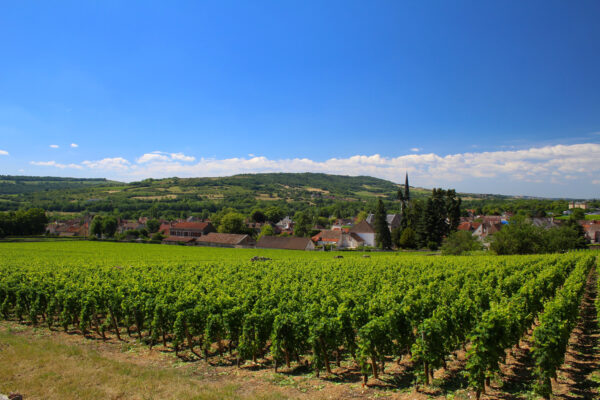
Photo courtesy of Navin75 via Flickr
Of course, many of the more elevated wines of Bourgogne are labelled by one of the region’s communes, such as Meursault, Pommard, Volnay, and Nuits-Saint-Georges, or by prestigious vineyards such as the Clos de Vougeot and Romanée Conti. In those cases, you wouldn’t refer to them by the generic regional name, anyway, whether you use Burgundy or Bourgogne. The same is true of the big subregions, such as Chablis, because they have their own well-established identities. But the labels of all these wines state that they are a “Vin de Bourgogne” or a “Grand Vin de Bourgogne.”
The wine authorities’ request that we use Bourgogne is not an attempt by a floundering brand to shore up its identity. The iconic reputation of the place was reinforced when the vineyards on the famous slopes of Bourgogne were listed as UNESCO Heritage Sites in 2015. And although wine consumption is dropping steadily in many wine-consuming countries (only 11 per cent of French adults now describe themselves as “regular wine-drinkers,” compared to 24 per cent in 2000), Bourgogne is doing quite well.
Volume sales of champagne fell from 2022 to 2023, while almost a tenth of Bordeaux’s vines are being pulled out to reduce oversupply, mostly a result of falling demand. In contrast, Bourgogne’s wines have been performing solidly, despite the upper-tier wines reaching heights that only the wealthy can afford. While sales of red bourgogne are down slightly in many markets, sales of white bourgogne are solid, and the region’s sparkling wine, Crémant de Bourgogne, is benefiting from the popularity of sparkling wine.
In short, Bourgogne is doing well in today’s challenging environment. The least we can do to reward these efforts is to refer to their region as they want it to be known: Bourgogne. We can also enjoy Bourgogne’s many fine wines.
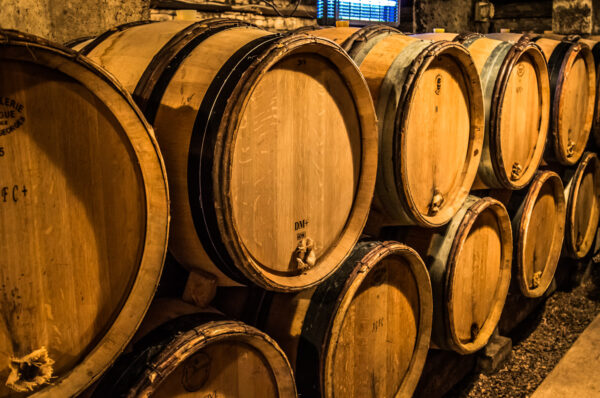
Photo courtesy of Thor Edvardsen via Flickr
Some wines of Bourgogne
Bouchard Père & Fils Les Duresses Monthelie Premier Cru
Domaine Bernard Millot Cuvée Alexie Meursault
Domaine de Bellene Maison Dieu Vieilles Vignes Bourgogne Pinot Noir
Jean-Claude Boisset Les Ursulines Bourgogne Pinot Noir
Labouré-Gontard Brut Crémant de Bourgogne
William Fèvre Champs Royaux Chablis



